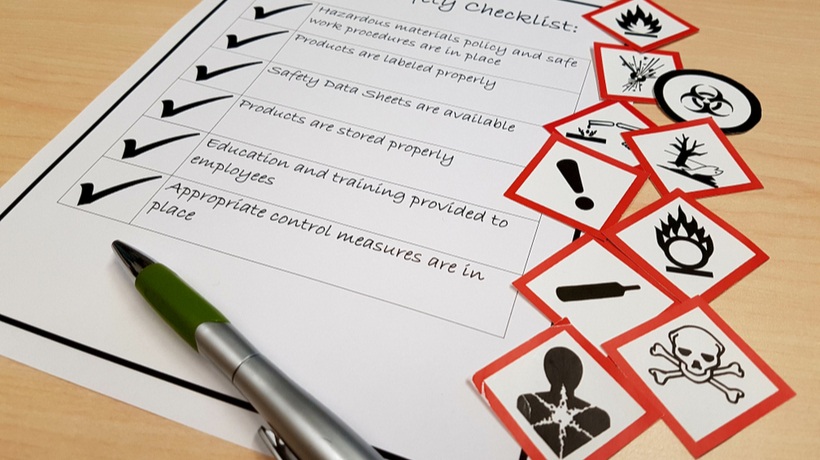Compliance Training
While compliance training still remains mandatory and of legal importance, the industry has challenged the notion that compliance training is no fun. Gone are the days of hard, serious, and no-play training. Training and learning are integral parts of any organization’s growth and this is also true for the employees. The training industry has evolved to make learning activities fun and exciting.
Employees actively seek to take part in learning activities that enable them to unlock their future potential. With emerging technologies, emerging job trends and emerging new fields, the necessity for learning is obvious. Employees are embracing learning initiatives and prefer to work for an organization that promotes learning. Can the same be said about compliance training also? Sadly, this is not the case.
Compliance training is still seen as something forced upon businesses by the regulatory bodies. This situation is aggravated by organizations spending the bare minimum on compliance training, just to fulfill regulatory requirements. Of late, there has been a shift in the mindset. Organizations are now focusing on trying to make compliance training more effective as it directly impacts the business. Compliance training is about more than just page-turning and marking complete in the LMS. So, how do we make compliance training as fun and exciting as other regular skill training?
A Two-Pronged Approach To Compliance Training
1. Changing The Mindset
The biggest hindrance to making compliance training fun is the mindset that it is something that just needs to be completed for reporting purposes. Matters of compliance are critical business issues that can make or break a business. Let’s take the example of the most common compliance training for banks and NBFCs—the KYC-AML training. AML (anti-money laundering) is a critical requirement and can seriously damage the reputation and business if not followed properly. Thus we need to change our outlook for compliance training from a regulatory requirement to a business-critical skill. When everyone realizes that it is not forced training but a piece of essential knowledge and skill, the motivation factor will increase, and it is an established fact that motivation drives learning.
2. Adopting Engaging Instructional Strategies
Instructional strategies play a key role in making learning fun and exciting. Adopting interactive and storytelling approaches can enhance learner engagement and create a lasting learning experience. Here are a few approaches:
- Scenario-based learning
If the compliance training is designed using real-life scenarios the employees are likely to face, they will feel connected to the content and be excited to learn the concept. Carefully designed scenarios can help learners retain the knowledge and apply it in their job. - Case studies
Case studies are a great way to trigger inquisitiveness in learners. Through case studies, learners can get a complete picture of the regulations, their importance, and the impact of non-compliance. Learners get a real-life example of the regulatory laws and how to implement them. - Gamification
Gamification is the new buzzword in compliance training. It is highly engaging and demands great attention from the learner. Learners are completely engaged and get the maximum benefit from the learning intervention. Gamification ensures learners grasp the concept and are able to apply the knowledge in real-life situations. - Short animated videos
Short animated videos are gaining popularity as a very effective learning content delivery strategy. Learners are naturally more engaged when watching short videos rather than when going through long learning modules. It saves time, does not increase the load on learners, and keeps them engaged. - Storytelling
Storytelling is gaining popularity as a content delivery strategy. Our innate love for stories translates into a great engagement tool. Storytelling has been a great medium for dispersing learning from time immemorial. People can relate to stories and imbibe learning quickly. Stories enable learners to connect events and form meaning. The best part is that facts and context can be incorporated with emotions to create stories. Stories help stimulate the brain to engage with the content, which in turn enhances the effectiveness of the content.
Conclusion
Compliance training is more than just a regulatory requirement. It imparts critical business skills that need constant training and engagement from the learners. Organizations need to work to make compliance training engaging, fun, and exciting.










